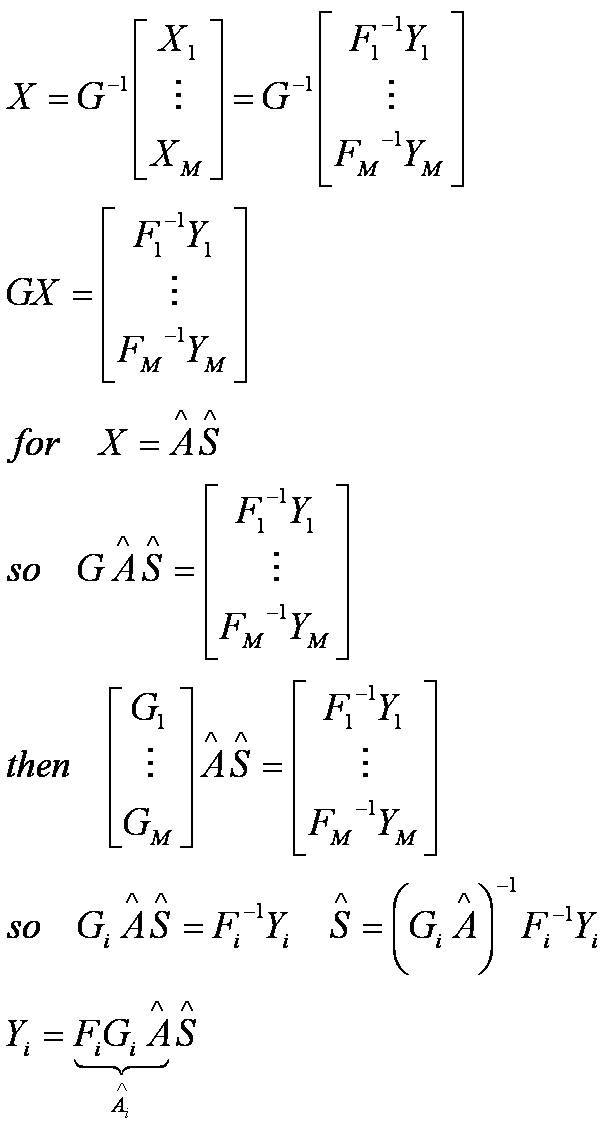博文
独立成分分析(ICA)
||
ICA与PCA的区别在于:ICA要求找到最大独立的方向,各个成分是独立的;PCA要求找到最大方差的方向,各个成分是正交的。
常用的ICA算法有一下几种,如图中所示:

常用的ICA工具包如下图所示:
X=AS ,u=WX
Infomax(Information Maximum)介绍:
• Proposed by Linsker in 1992
• Popularized by Bell & Sejnowski in 1995
• First applied to fMRI data in 1998
• Promising performance on a number of BSS
Properties
• Intuitively meaningful contrast function (mutual information)
• Typically provides a simple learning rule
• Choice of nonlinearity is required
• Used on majority of fMRI applications
x = input, y = g(w, x) = output, u=wx

Infomax算法中存在一个学习率,使得W不断更新,最后输入x和输出y之间的互信息最大。
Negentropy/Kurtosis
• Assumes non-Gaussian sources
• Motivated by central limit theorem, the mixtures will be (more) Gaussian
• The independent components are calculated by maximizing the KL divergence between the output
pdfs and a Gaussian pdf.
• Negentropy is always non-negative and is zero only if the variable is Gaussian.
GroupICA介绍:
Group ICA can be broken up into 6 stages.
• Preprocessing
Same Preprocessing that you normally do in SPM. Realignment, motion correction, co-registration, etc.
• Data Reduction
Implemented using PCA.
• ICA Separation
Implemented using any ICA algorithm( Infomax, Optimal ICA, FastICA).
• Back Reconstruction
Individual Subject Components are back reconstructed using the results from PCA.
• Component calibration
including 1) scaling and 2) sign change Using the functional data the components, time courses and spatial maps, are converted from arbitrary units to percent signal change.
• Group Statistics
Using the subject's back reconstructed components statistics are calculated.
GroupICA公式解析如下:

For Subject i(the first reduction)
 (L×V=L×K K×V )
(L×V=L×K K×V )
V: the number of voxels;
K: the number of fMRI time points;
L: the time dimension after first reduction
For M subjects:X is the group fMRI data after second reduction (N×V)
https://blog.sciencenet.cn/blog-479412-391808.html
上一篇:方差分析(ANOVA)
下一篇:两幅图像的相关系数